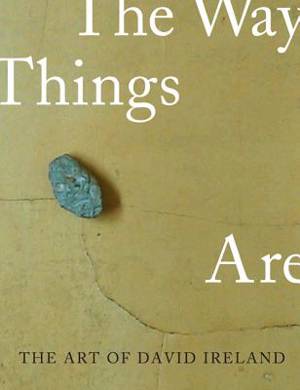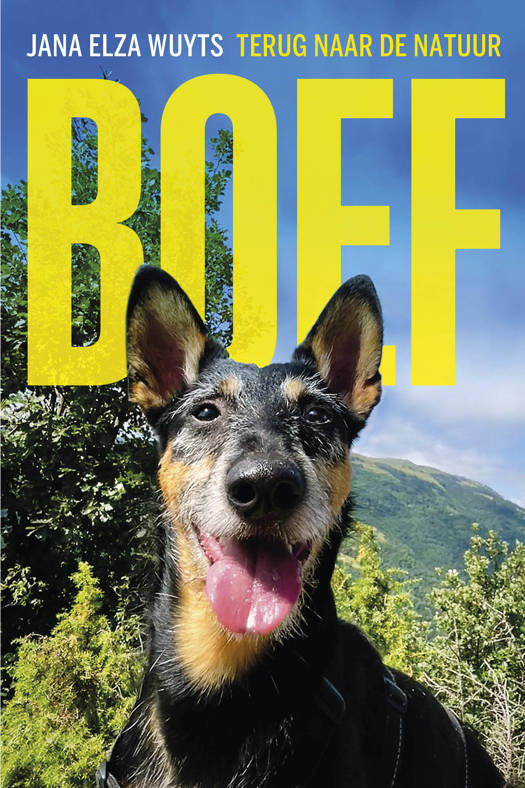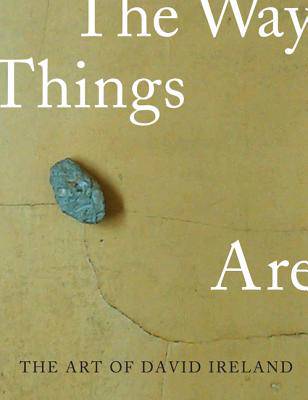
- Afhalen na 1 uur in een winkel met voorraad
- Gratis thuislevering in België vanaf € 30
- Ruim aanbod met 7 miljoen producten
- Afhalen na 1 uur in een winkel met voorraad
- Gratis thuislevering in België vanaf € 30
- Ruim aanbod met 7 miljoen producten
€ 44,95
+ 89 punten
Omschrijving
Recognized as one of West Coast's critically acclaimed practitioners of conceptual and installation art, David Ireland has taken the concept of art itself as one of his subjects. This work provides an overview of more than thirty years of the artist's accomplishments. It explores how key life experiences have influenced his artistic perspective.
Specificaties
Betrokkenen
- Auteur(s):
- Uitgeverij:
Inhoud
- Aantal bladzijden:
- 244
Eigenschappen
- Productcode (EAN):
- 9780520240469
- Verschijningsdatum:
- 30/12/2003
- Uitvoering:
- Paperback
- Afmetingen:
- 229 mm x 279 mm
- Gewicht:
- 1043 g

Alleen bij Standaard Boekhandel
+ 89 punten op je klantenkaart van Standaard Boekhandel
Beoordelingen
We publiceren alleen reviews die voldoen aan de voorwaarden voor reviews. Bekijk onze voorwaarden voor reviews.









